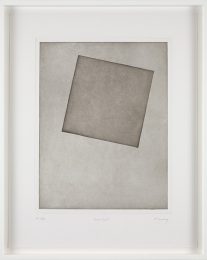

Blocks of colour in art refer to the use of solid, distinct areas of colour within an artwork. This technique, often associated with abstract and modern art movements, emphasises the purity and visual impact of colour itself.
Blocks of colour in art refer to the use of solid, distinct areas of colour within an artwork. This technique, often associated with abstract and modern art movements, emphasises the purity and visual impact of colour itself.
Colour Field Painting: The use of blocks of colour became particularly prominent in Colour Field Painting, an art movement that emerged in the mid-20th century. Artists such as Mark Rothko and Barnett Newman created large-scale canvases with expansive areas of flat, solid colour to evoke emotional and spiritual responses.
Abstract Expressionism: Blocks of colour were also utilised by abstract expressionist artists like Clyfford Still and Ad Reinhardt. They used simplified shapes and colour fields to convey emotions and explore the expressive potential of colour.
Josef Albers and Colour Interaction: Josef Albers, a prominent figure in the field of colour theory, explored the interactions and optical effects of blocks of colour in his influential series “Homage to the Square.” These works feature nested squares of different colours, showcasing how colours can change in appearance based on their surrounding hues.
Henri Matisse and Fauvism: Fauvist artists, including Henri Matisse, employed bold blocks of colour to create vibrant and expressive paintings. They used intense and non-naturalistic colours to evoke emotions and capture the essence of a subject rather than depicting it realistically.
Mondrian and De Stijl: Piet Mondrian, a leading figure of the De Stijl movement, created compositions composed of intersecting vertical and horizontal lines intersecting with blocks of primary colours (red, blue, and yellow) along with black and white. This style aimed to achieve a harmonious balance between colour and form.
Geometric Abstraction: Artists associated with geometric abstraction, such as Kazimir Malevich and Theo van Doesburg, employed blocks of color within geometric compositions. These works often showcased simple shapes and a limited colour palette to explore the relationships between colour, form, and space.
Optical Art: Optical art, or Op Art, utilised blocks of colour to create optical illusions and perceptual effects. Artists like Bridget Riley and Victor Vasarely employed precise arrangements of colour and geometric patterns to create a sense of movement and visual vibrations.